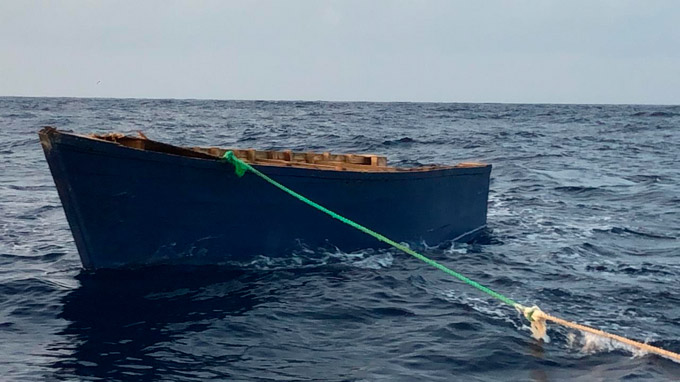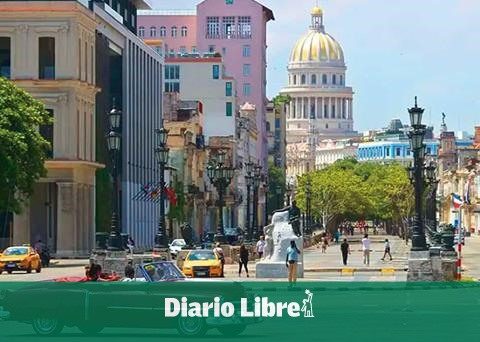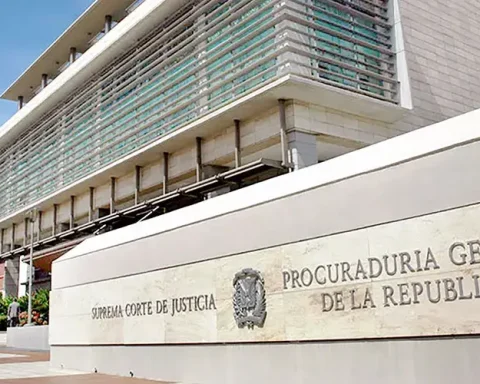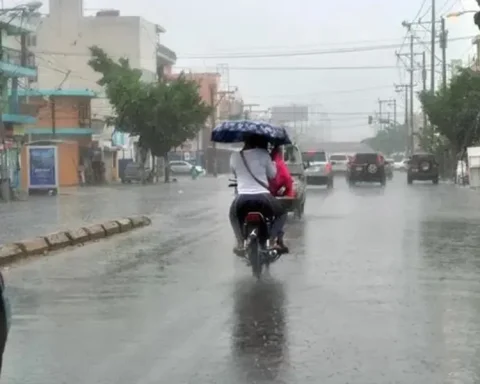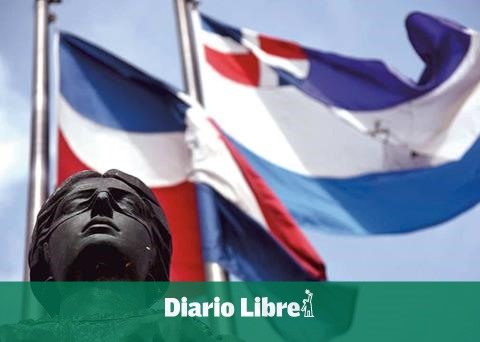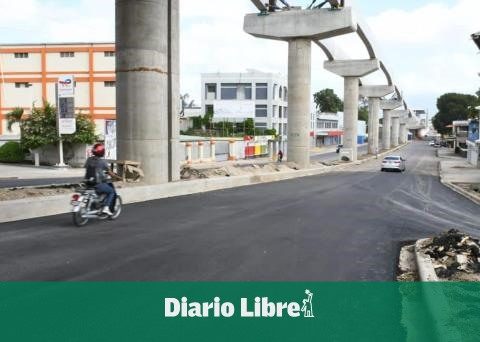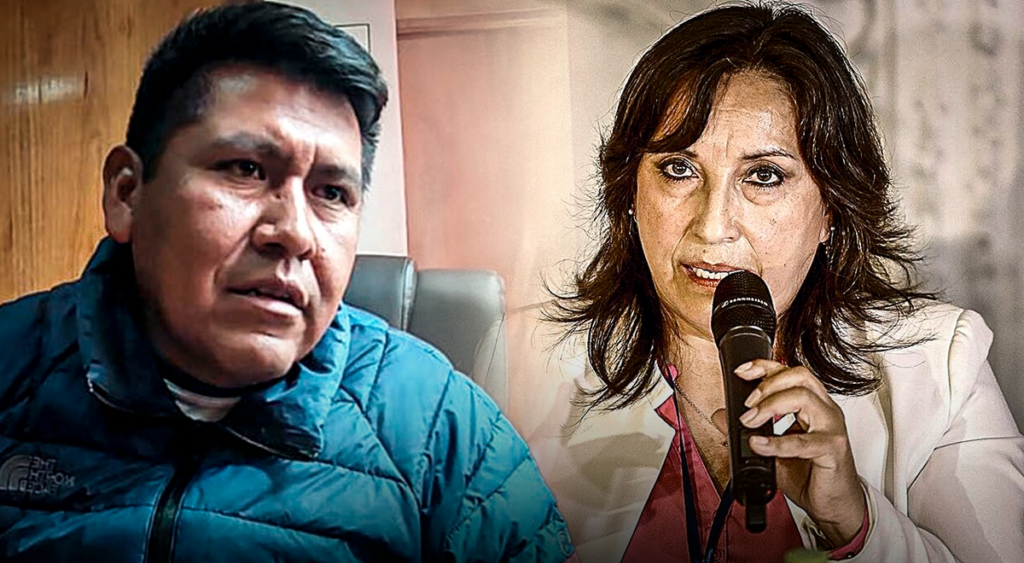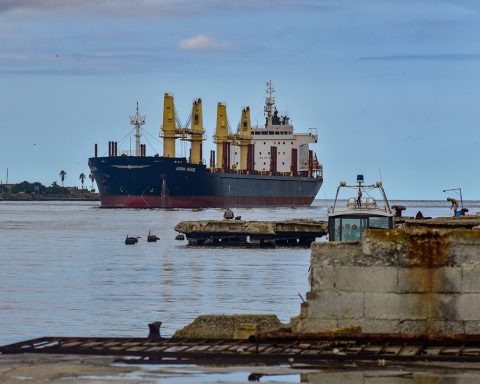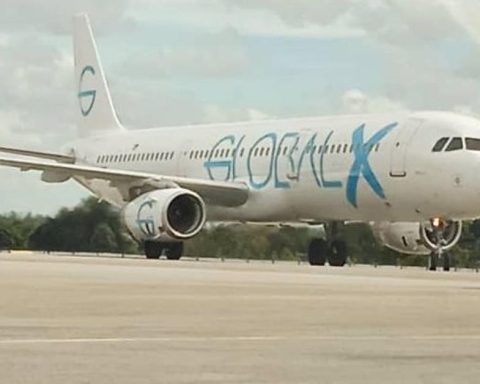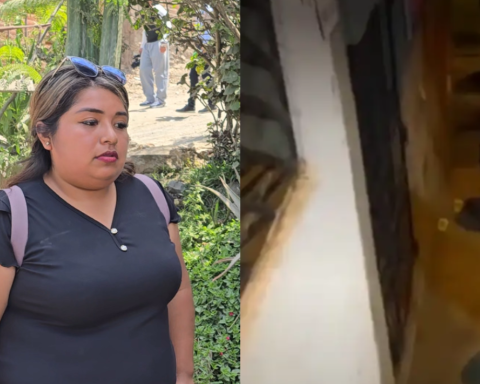“The return is Mexico”, that is how the route to achieve the American dream is known today, but before, it was the yola trips to Puerto Rico, some even traveling on the cargo trains of an airplane, thinking that this would be a bridge to your illusions.
A countless number of Dominicans have ventured to travel long distances from different parts of Central America to reach the United States paying from 8,000 to 10,000 dollars, a practice that is as old as it is diverse in the use of methods to achieve their objectives.
To reach the United States, some have crossed dangerous journeys by sea, sky and land such as: the corridor of Mexico, the desert, the Strait of Florida, and the Mona channel.
According to Navy statistics, in the last 5 years they have detained at least 10,841 Dominicans making illegal trips, a practice that has increased over the years.
For the last six months of 2018, 1,022 were arrested making illegal trips, in 2019 that number increased to 2,142, the following year 2020 in the pandemic there were 1,612 incarcerated, that number almost doubled in 2021 with 2,985 and in only 9 months of 2022, the number of prisoners amounted to 3,080.
Not all illegal travel has been thwarted by authorities, as many have even encouraged people to travel to the United States illegally on social media.
Some, after passing the dangerous journeys that include leaving from an airport, sometimes bound for El Salvador and for more than a week crossing three countries and two borders, which includes Guatemala, and as a final point before reaching North America , your stop is the border of Mexico.
Last trip
This weekend the Dominican Navy rescued in the waters of the Atlantic Ocean, in Puerto Plata, 8 of the 12 castaways who disappeared at sea when trying to go to Puerto Rico from Samaná on January 10.
According to the versions, the four missing people jumped into the sea to try to swim to shore and seek help. These include the ship’s captain. However, they are not found despite exhaustive search operations.
While the patients, seven men and one woman. These were identified as Eliza de la Cruz, Julio César Olivo, José Miguel Rojas, Aurelio Jhon Sin Radne, Carlos Ciprian de la Cruz, Ramón Ciprian de la Cruz, José Luis Reyes, and Vicente Martinez. They are in custody by members of the Dominican Army who are investigating the case.
Illegal Travel Convictions:
Law No. 344-98, promulgated in 1998, penalizes making trips or transfers for the illegal entry or exit of people and establishes that they will be punished with sentences of 3 to 10 years in prison, and fines ranging from 10,000 to 50,000 pesos, and despite the fact that several sentences have been handed down in the country, their practice has not diminished.
